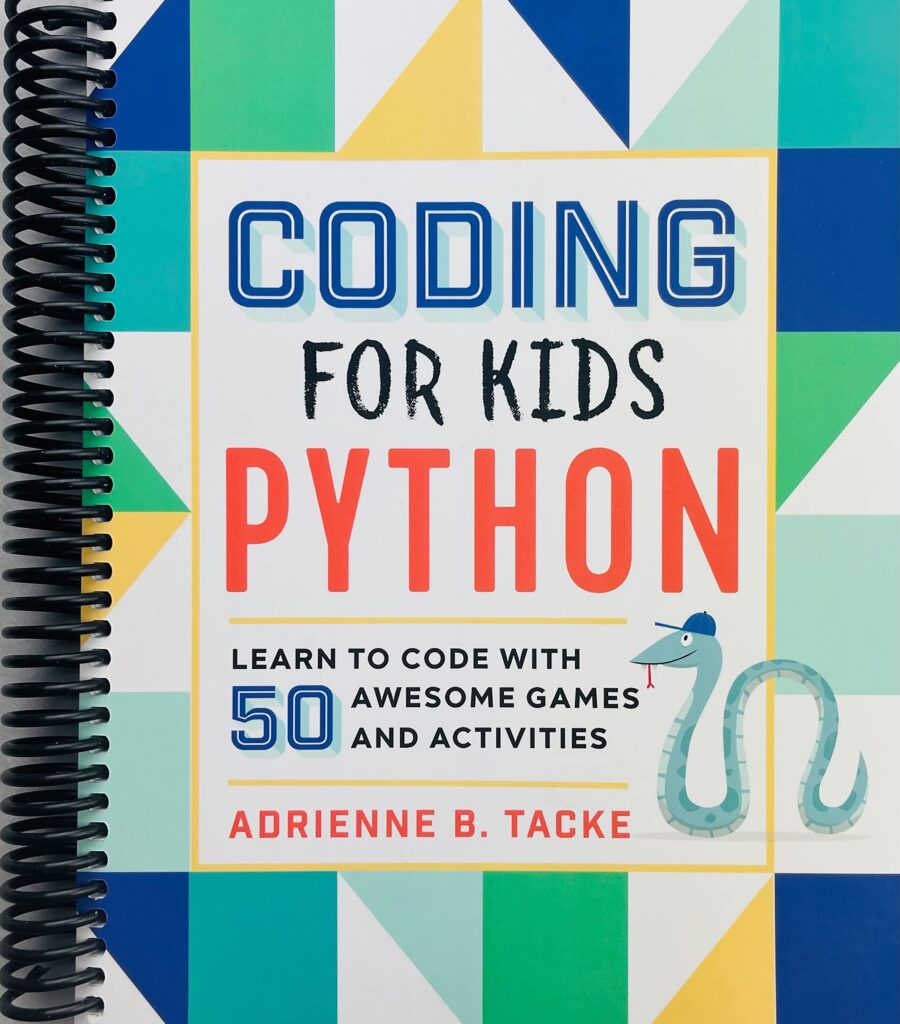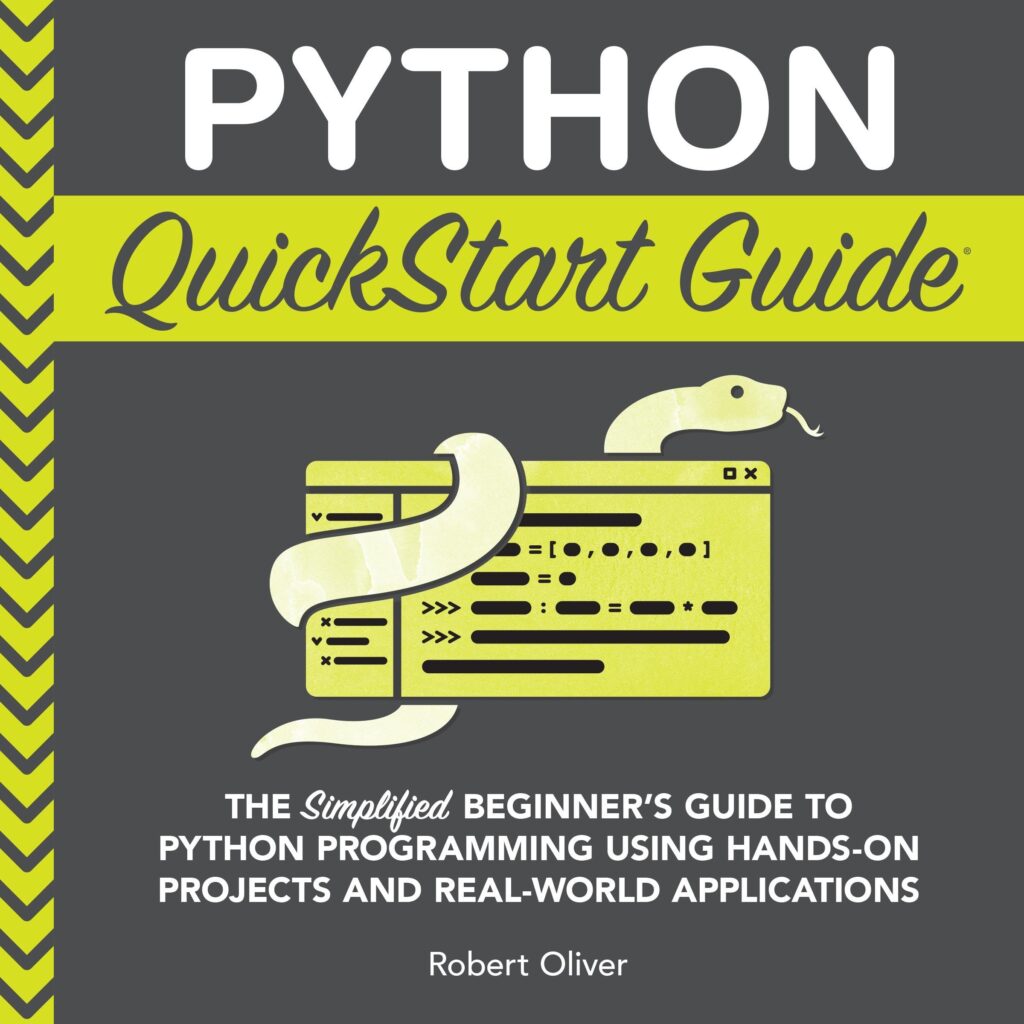
The datetime module in Python offers a variety of classes for manipulating dates and times. One of these classes is date, which is ideally suited for working with calendar dates. Within the date class, the today() method is a convenient way to obtain the current date. This method returns a date object that represents the current local date, considering the system’s timezone settings. The returned date object contains year, month, and day attributes, which can be accessed individually to retrieve specific parts of the date.
To begin using the today() method, you must first import the datetime module. Here’s a basic example that shows how to use datetime.date.today to get the current date:
import datetime current_date = datetime.date.today() print(current_date)
Wall Charger, Surge Protector, QINLIANF 5 Outlet Extender with 4 USB Charging Ports (4.8A Total) 3-Sided 1680J Power Strip Multi Plug Adapter Spaced for Home Travel Office (3U1C)
7% OffUsing datetime.date.today to Get the Current Year
To get the current year, you can access the year attribute of the date object returned by datetime.date.today(). This attribute contains an integer representing the current year. Here is an example of how to extract just the current year:
import datetime current_year = datetime.date.today().year print(current_year)
The above code will output only the current year as a four-digit number, such as 2021. This is useful when you need to use the current year in your program, for example, to check if a certain event falls within this year or to timestamp data with the current year.
If you are working with an application that requires the current year to be in a string format, you can easily convert the integer to a string using the str() function:
import datetime current_year = datetime.date.today().year current_year_str = str(current_year) print(current_year_str)
This will output the current year as a string, which can then be concatenated with other strings or used in various string operations within your program.
It is also worth mentioning that datetime.date.today() is not the only method to get the current year. You could also use datetime.datetime.now() which returns a datetime object with both date and time information, and then access the year attribute in a similar way:
import datetime current_year = datetime.datetime.now().year print(current_year)
Formatting the Current Year Output
Now that we know how to obtain the current year as an integer or a string, let’s explore how we can format this output further. Sometimes, you might want to display the year in a different format or include it as part of a more complex string. Python’s powerful string formatting options come in handy for such cases.
One way to format the current year is by using f-strings, introduced in Python 3.6. F-strings provide a concise and readable way to embed expressions inside string literals. Here’s an example of using an f-string to format the year:
import datetime
current_year = datetime.date.today().year
formatted_year = f"The current year is {current_year}"
print(formatted_year)
This code will output a string that includes the current year within a sentence, such as “The current year is 2021”.
You can also use the str.format() method to achieve similar results. This method is available in earlier versions of Python and allows for more complex formatting. Here’s how you can use it:
import datetime
current_year = datetime.date.today().year
formatted_year = "The current year is {}".format(current_year)
print(formatted_year)
Again, this will produce the same output as the f-string example above.
For even more control over how the year is displayed, you can use the strftime() method. This method allows you to specify the format of the date using format codes. For instance, if you want to display the year with a prefix, you could do the following:
import datetime
current_date = datetime.date.today()
formatted_year = current_date.strftime("Year: %Y")
print(formatted_year)
The %Y format code represents the year with century as a decimal number, which will produce an output like “Year: 2021”. If you prefer to have a two-digit year, you can use %y instead:
import datetime
current_date = datetime.date.today()
formatted_year = current_date.strftime("Year: %y")
print(formatted_year)
This will output “Year: 21”. The strftime() method is especially useful when you need to format dates in a specific way for display or for use in file names, logs, and other text-based data.
Examples of Getting the Current Year in Python
Now, let’s look at some practical examples where getting the current year can be useful in real-world Python applications. For instance, you might need to verify a user’s age based on their birth year:
import datetime
def check_age(birth_year):
current_year = datetime.date.today().year
age = current_year - birth_year
if age >= 18:
return "You are eligible."
else:
return "You are not eligible."
print(check_age(2000)) # Output: You are eligible.
print(check_age(2010)) # Output: You're not eligible.
Another common use case is generating annual reports or filenames that include the current year:
import datetime
current_year = datetime.date.today().year
report_name = f"Annual_Report_{current_year}.pdf"
print(report_name) # Output: Annual_Report_2021.pdf
You might also use the current year to calculate the number of years until a future event:
import datetime
def years_until_event(year_of_event):
current_year = datetime.date.today().year
years_left = year_of_event - current_year
return f"Years until event: {years_left}"
print(years_until_event(2025)) # Output: Years until event: 4
Lastly, you might want to display the current year as part of a user interface or a web application:
import datetime
current_year = datetime.date.today().year
print(f"Welcome to the application - {current_year}") # Output: Welcome to the application - 2021












